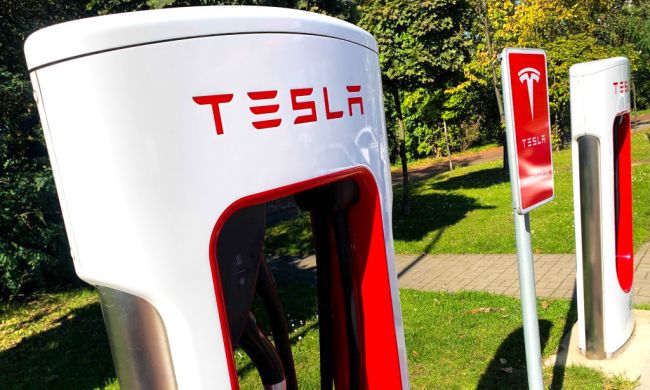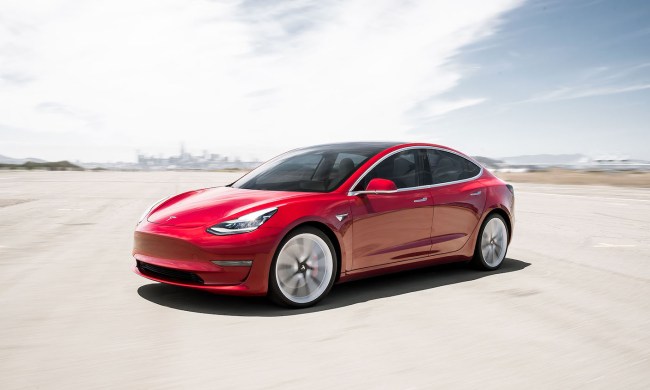Green Commuter is launching a car-sharing and vanpool service using a fleet of Tesla’s electric SUVs. The company chose Teslas to cut down on air pollution and reduce operating costs, but they’re also probably a bit more luxurious than the average Ford Transit or Chevy Express. Green Commuter also has an app that it believes will increase the productivity of its vehicles.
While many L.A.-area workers commute by vanpooling, the vans stay parked when they’re not shuttling people to and from work. Green Commuter estimates that these vehicles remain unused 91 to 94 percent of the time during an average workday. It hopes to keep them on the road more with its car-sharing service, using the app to coordinate the vanpool and carsharing sides.
The goal of utilizing commuter cars that normally spend most of the day parked was discussed by Tesla CEO Elon Musk himself in his recently released “Master Plan, Part Deux.” Musk said Tesla will develop a service that allows owners to rent out their self-driving cars, and then call them back when they’re needed. The technology to achieve Musk’s vision isn’t quite there yet, but Green Commuter’s plan could point the way toward greater utilization of shared cars.
Vanpool packages start at $10 an hour and $150 for a weekend rental, but Green Commuter is starting an Indiegogo campaign to lower its rates. Car-sharing rates start at $18 an hour with a $50 annual membership fee. Green Commuter also offers monthly membership plans at $100 and $250, with lower hourly rates for rentals.
The seven-seat Model X is probably the most carpool-ready electric car currently on sale, but Tesla may be cooking up something that would be even better suited to that role. Musk recently hinted that Tesla may be developing a Model X-based van.


